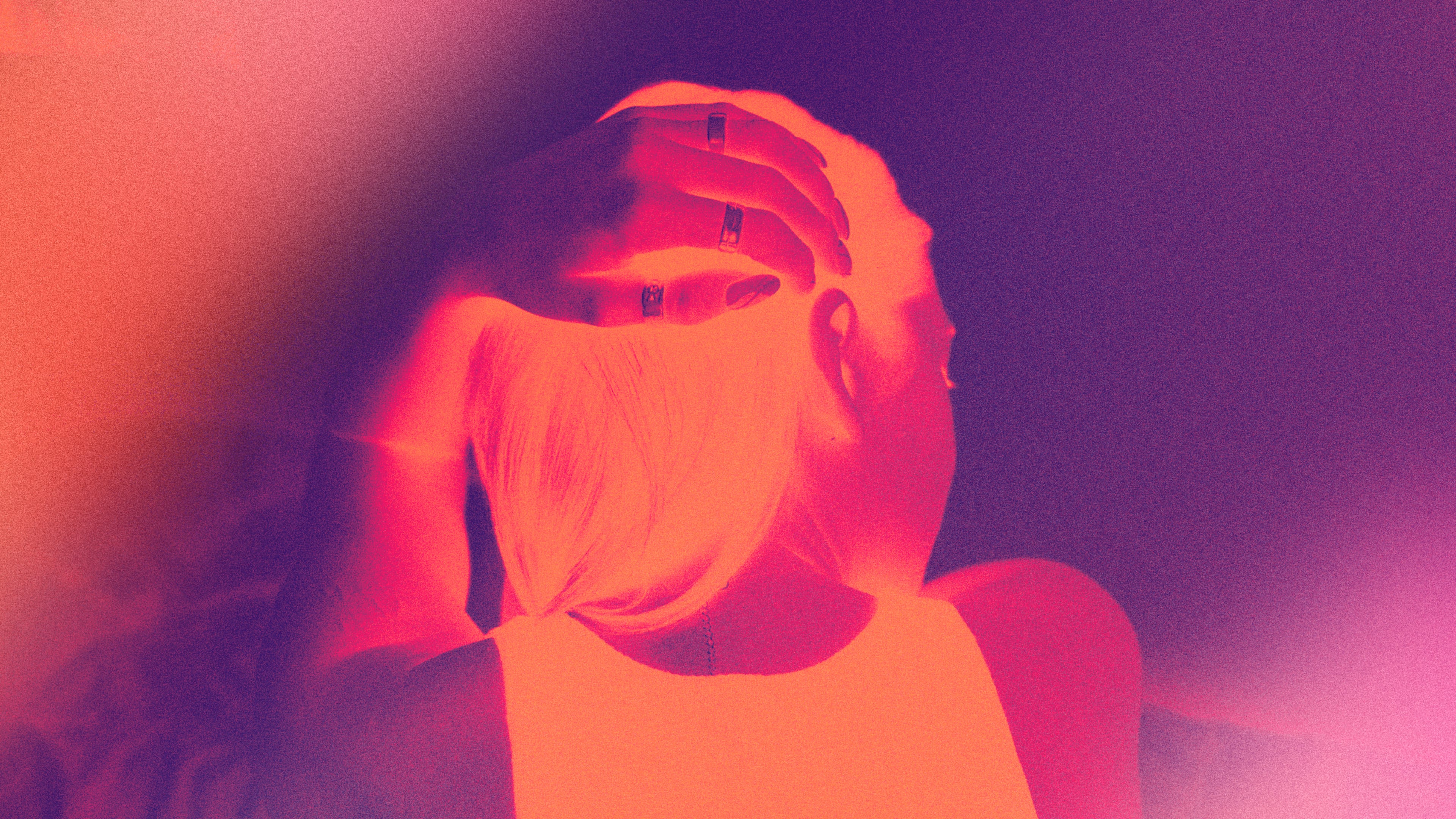More young adults are having strokes. But why?

Georgia is considered part of the “stroke belt,” an area in the southeastern U.S. with stroke death rates about 30% higher than the rest of the nation, according to the Georgia Department of Public Health.
Now, two new studies by the American Heart Association are showing a connection between stroke and younger patients.
The more recent study showed that increased alcohol use contributes to cardiovascular disease, including stroke. The study provided evidence that heavy alcohol consumption — more than 4 drinks a day — raises the risk of stroke.
“Initiation of alcohol use rapidly escalates through the teenage years, and prevalence rates peak in the early 20s,” the survey reported.
Emory Healthcare’s stroke prevention clinic reports an increase in younger patients, ages 18 to 44, seeking care, including a 7% increase from 2023 and 2024.
According to Dr. Fadi Nahab, a vascular neurologist who oversees the clinic as Emory Healthcare’s stroke quality director, young adults may not know the number of drinks that is considered binge drinking. He also explained that younger patients often delay diagnosis because they don’t think a stroke would impact someone their age.
“I find that in younger population, it’s a scary wake-up call,” Nahab said.
Excessive drinking can cause atherosclerosis or hardening of the arteries; increased high blood pressure; arrhythmia or irregular heartbeat; or atrial fibrillation, an irregular heart rhythm, he said.
The other new AHA study shows a link between unexplained strokes in younger adults and nontraditional causes such as migraines, liver disease or cancer.
Strokes of unknown causes, called cryptogenic strokes, were more strongly associated with those nontraditional risk factors among adults ages 18 to 49 with a median age of 41 who were born with a hole in the upper chambers of their heart — known as patent foramen ovale (PFO).

Decatur mom Michelle Hughes had this condition but never had any complications from it until she had a stroke at age 38. She later had surgery at Emory to close the hole in her heart but she still periodically has migraines with aura, a sensory disturbance that might include flashes of light. Such migraines were a top factor linked to cryptogenic strokes, especially among women, the AHA study found.
Obesity, diabetes, high blood pressure, high cholesterol, and inactivity are contributing to more ischemic, or clot-caused, strokes in younger people, said Dr. Juan Carlos Martinez Gutierrez, a vascular and interventional neurologist with Wellstar Health System.
Compared with a decade ago, Wellstar is treating 25% more patients ages 18–45 with stroke — “a notable rise in young adult cases.” He added that over the past year, the health system treated about 200 stroke cases among young adults in that age range.
“It’s concerning, obviously, because these are preventable diseases with modifiable risk factors,” Martinez Gutierrez said.
How to prevent strokes
Manage your blood pressure
Maintain a healthy lifestyle
Monitor health conditions
Limit alcohol
Reduce stress
Sources: Georgia Department of Public Health, American Heart Association
Roni Robbins has been a journalist for 37 years. This is her second stint as a freelance reporter for the AJC. She also freelances for Medscape, where she was an editor. Her writing has appeared in WebMD, HuffPost, Forbes, NY Daily News, BioPharma Dive, MNN, Adweek, Healthline and others. She’s also the author of the multiaward-winning novel “Hands of Gold: One Man’s Quest to Find the Silver Lining in Misfortune.”


